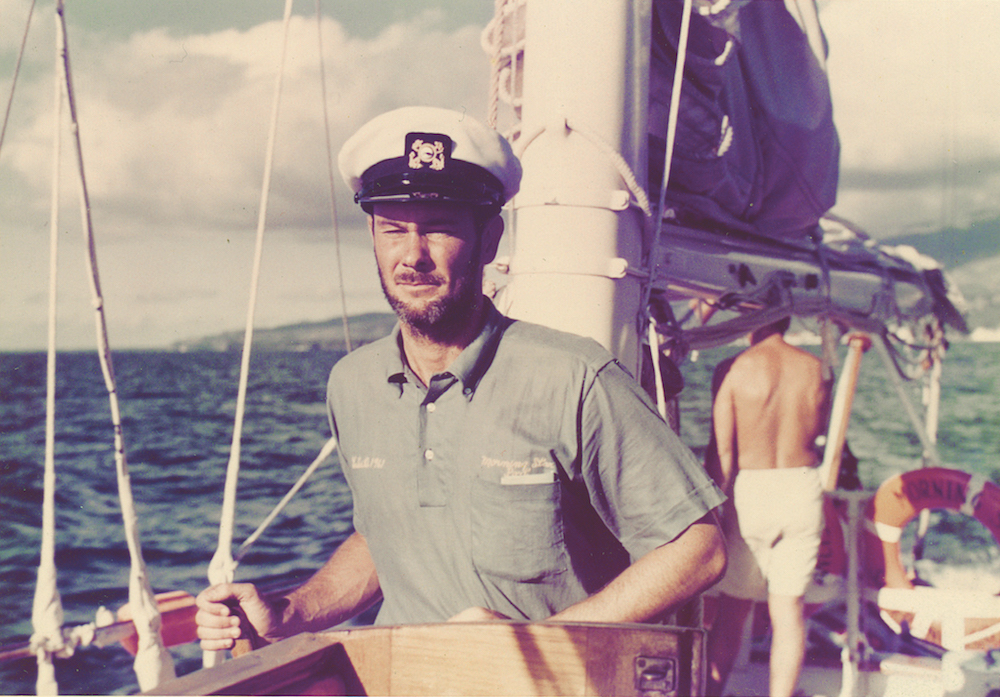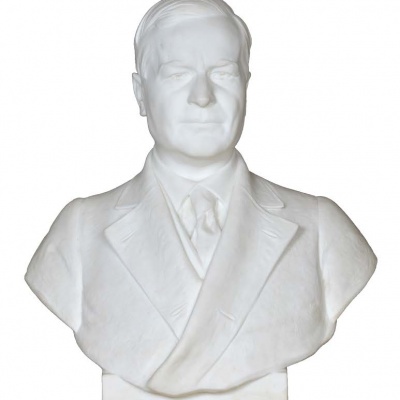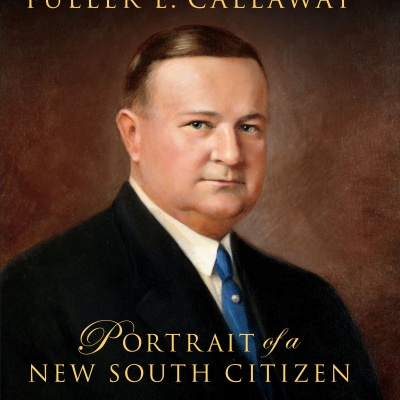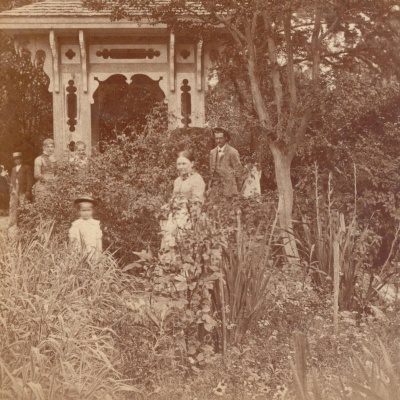The Journey of the Morning Star

Just over fifty years ago on June 18, 1963, Fuller E. Callaway III and a crew of four were sailing his yacht, the Morning Star, off the coast of Nicaragua in the Caribbean Sea. The 98-foot ketch had just passed through the Panama Canal and was en route to Newport, R.I. to compete in the Trans-Atlantic Race. They had high hopes of winning as the Morning Star had proven itself time and again to be one of the world’s fastest racing yachts and Callaway was its accomplished skipper.
Constructed in Genoa, Italy in 1928 as a staysail schooner, she was purchased in 1946 by oilman Richard Reem and shortly thereafter re-rigged. Under Reem, the Morning Star won the 1955 Transpacific Yacht Race, also known as the Honolulu Race, with a world record time of 9 days, 15 hours and 5 minutes. In fact, between 1949 and 1957, the Morning Star won the 2,500 mile Honolulu Race five times. In 1957, Reem sold her to Louis Benoist, a noted San Francisco businessman, who in turn sold her to Fuller E. Callaway III in 1960. In 1961, with Callaway at the helm, Morning Star won the Los Angeles-To-Tahiti Race, the world’s longest yacht competition. Amazingly, Morning Star completed the 3,500 mile course with a world record time of 18 days, 18 hours and 23 minutes.
At about 2:00 a.m. on June 19, as the Morning Star passed about 15 miles west of Providencia Island some 150 miles off the east coast of Nicaragua, Callaway noticed an anomaly on the fathometer. The currents were strong and earlier in the evening there had been some squalls. The crew had been carefully monitoring instruments and looking for location landmarks all afternoon and evening. Then, according to firsthand accounts, all of a sudden Callaway and a crew member, who was awakened when Callaway cut the engine, saw the white foam of a wave breaking over a reef. The Morning Star hit the reef; the wave knocked two of the crew overboard and left three stranded on the disabled vessel. After several hours of turmoil, all five crew ended up safe on the wrecked ship. As day broke, amazingly, they discovered the 14 foot dinghy lodged upside down against the reef. They set it upright and used makeshift paddles as they proceeded toward the island of Providencia. Several miles from shore an island local, passing by on a cayuca (traditional native boat), offered to tow them to the village of Santa Isabella. All hands were now safe, but the Morning Star would never race again, lost to pilfering by locals and, ultimately, to the sea.
After two days on Providencia, Fuller III and most of the crew flew by private plane from Panama to Atlanta and rested in LaGrange at Hills & Dales for four days. Fuller III, after his short rest in LaGrange, headed on to Newport and joined the crew of Sumner “Huey” Long’s 57-foot Onodine, which went on to win the 1963 Trans-Atlantic Race. The next year Walter Pikula, a well-regarded racing captain, was passing by Providencia Island and visited the wreck site. He commented: “I can’t explain what a dramatic sight it was to see the hulk of this famous racing lady in its present state, and it was sad to see her end this way…If the Morning Star had only been 50 yards along the course she would have missed the entire reef and been in clear water.”
The full account of this remarkable story is beautifully documented in two scrapbooks that contain original newspaper clippings, photographs and telegrams from the period. These scrapbooks now reside in Fuller III’s bedroom at the estate. They were a generous gift from his son Mark Clayton Callaway and the Morning Star Foundation which Mark founded and named in honor of his father’s yacht.


